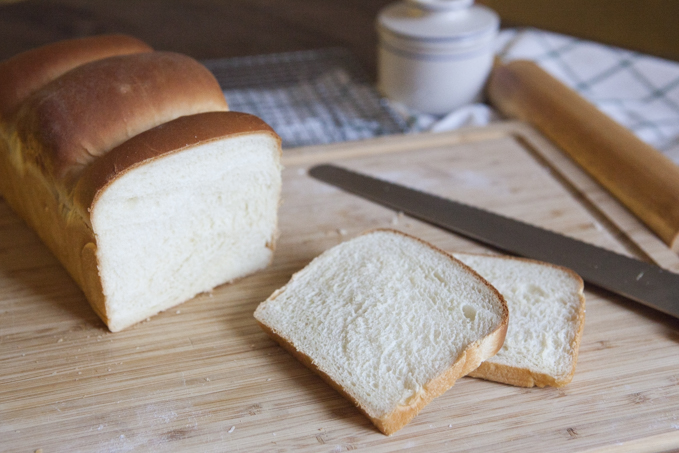Butajiru
It was so cold this past weekend, that there was frost when we went hiking in the Harriman State Park. The cool crisp air made me crave this hearty soup and because we already had a rental car, we picked up all of our ingredients at the Korean supermarket H Mart in Ridgefield, NJ. What stands out in Korean markets is their meat selection. I picked up sliced pork butt (note: pork butt is in fact the shoulder cut) to make one of my favorites, butajiru (豚汁) often also called tonjiru. What goes in it really depends on which prefecture you're from, like most Japanese dishes, so I'll be showing you what I grew up eating.
I like my butajiru simple and light on fat, which is why I chose to use pork butt instead of pork belly. But by all mean, if you want it heartier, pick up some sliced pork belly or spareribs. You want to use a cut of pork that's high in collagen and flavor because it's going to get braised and you want your meat to get tender, not dry.
Prep all of your ingredients before you start cooking. It will make the process a lot easier. I sliced all of my ingredients, but you can dice them as well. It's all a matter of preference and it won't make a difference on the flavor at the end. Just makes sure all your ingredients are cut to similar sizes so that they cook evenly. The pork, gobo, shiitake mushrooms, and carrots are my must haves for butajiru for the flavor. Since there are no aromatics, I rely on these heavy hitters to flavor my soup along with dashi. And although konjac doesn't have as much flavor as the other ingredients, I add it for the texture. It's made out of devil's tongue yam and has net zero calories due to its fibers being indigestible. The noodle form is now often sold in US grocery stores as miracle noodle.
Make sure to properly heat up your pot before you get started because pork tends to stick. Even if you're using pork belly, which is high in fat, coat the pan lightly with oil to prevent sticking. Sauté the meat first and reserve on the side. Then sauté all the vegetables for a minute or so and add the pork back into the pot.
Add dashi (click here for dashi recipe) and let the soup simmer until all your ingredients are nice and tender. Skim off the top while simmering. You want to make sure to add miso at the very end to prevent boiling miso. Miso will lose flavor and aroma in high heat. You can either add the miso by making a slurry in a bowl first then adding to the pot (mix the miso and a small amount of the soup to blend the miso first) or use a miso strainer to blend the miso into the pot directly as shown above. Whatever you do, don't just drop the miso into the pot, because you will be chomping on some clumps of miso instead of enjoying your soup. Once the miso's in, you're ready to eat.
The recipe below is for 2 servings if eating the soup as your main or 4 servings as a side.





Comments
Post a Comment